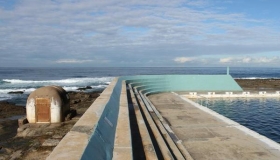
Look Hear Newcastle! Week 4: Boccalatte, Desktop Magazine & The Hungry Workshop
For the 4th and final installment of the Look Hear series, Suzanne Boccalatte, Brendan McKnight and The Hungry Workshop all spoke of the impact of the digital revolution on their practice and the redefined role of printed material. Rather than fighting a losing battle to compete with the online flow of information, these designers are using the print as a counterpoint to create a balance and re-engage our neglected senses into the process of sharing and absorbing information.
Suzanne Boccalatte - Director of Boccalatte
In true designer form, Suzanne prepared two talks and gave us, her audience (or client) the option of choosing which one we would like to hear. Put to a vote which proved unsuccessful as the results were split right down the middle, it came down to heads or tail to determine what we would hear. The notion of “tactility in a digital world” was pronounced the winner and so it went.
Seeking inspiration from a wide range of sources, from an Austrian philosopher to a Japanese artist, we explored the idea of design as a vehicle for sensory experiences which is so critical to the way we function that even digital technologies have put devices in place to simulate a tactile experience (think of iPhones or the Kindle).
On the other hand, the sheer abundance of information that is transmitted through our screens means that print must redefine itself to offer a counterpoint rather than attempt competition. In other words, the print media needs to offer a different experience to remain relevant.
If the internet is a supermarket of ideas, then a beautiful book is a degustation at Tetsuya. While you might automatically seek out what you will use from one, you will be offered a carefully edited selection at the other. Although it might appear you have less options, the offering was designed to create a fuller and richer experience, a feast for the senses. And while cooking at home is still the most accessible and economical way of sustaining ourselves, the pleasure of letting oneself be guided by expert hands is a rare and precious journey.
Brendan McKnight - Editor of Desktop Magazine
Turning a geeky techy monthly magazine into a source of inspiration for savvy designers was the challenge undertaken by Brendan McKnight as the editor of a publication celebrating a quarter of a century of existence. Creating a brand from scratch is one thing, re-inventing a classic in order to attract a fresh audience without alienating its enduring followers is quite another but, as it turns out, it can be done and should be embraced.
The process which Brendan described, identifying the key elements that become the identity of a publication and modifying them one by one while staying close to the original concept, reminded me of an approach sometimes, but not often enough, taken in the field of Architecture: participation. While the designer commonly positions himself as the primary creative authority in the decision making stages, a participatory approach engages all of the interested parties. The residents, the Government authorities, the consultants, builders and so on. Anyone who will be affected by the changes is invited to contribute to the creative process.
Now, for any designer out there, this sounds like a total nightmare but with patience, tolerance and clarity, this process can often yield much juicier fruit. As challenging as any collaboration can be, the result can be proportionally rewarding for all involved.
Through this process, Desktop magazine was able to reinvent itself and the way it communicates with its audience by using both print and digital formats to complement each other. While the online version of the magazine focuses on news items, anchored in the immediacy of the medium, the printed magazine offers a selection of articles which collectively form a timeless resource, to be revisited over and over without losing relevance.
The Hungry Workshop
It came down to this duo of graphic designers who share their life and work to conclude the 2011 Look Hear series with a fascinating presentation of their craft. More than graphic designers, The Hungry Workshop are contemporary artisans, using both digital and analogue tools to create contemporary graphics brought to life through traditional methods.
The best way to appreciate their unique process is to watch this video which we were lucky enough to watch during the talk:
The notion of time and the materiality of creating a beautiful object are somewhat at odds with the digital process where information is created, diffused and absorbed so quickly. The idea of re-engaging with traditional methods, smelling the ink, seeing the mechanical arms of a machine in action, well oiled and tuned, feeling each letter embossed into the paper, waiting for it to dry, cleaning each roll of ink before starting another batch is, in many ways, what defines the new notion of luxury.
The Look Hear series of talks and events has concluded but the inspiration and lessons learnt from it will endure for another year and beyond. If there was anything to be learnt it is “don’t give up” or as Simon Hipgrave of The Hungry Workshop said “If you love to knit mittens, then just f@#&!%* knit mittens.” Just do it, work hard and keep moving. As long as you are moving, you are headed somewhere.
Want to read more about the series? Check out our reviews of Week 1, Week 2 & Week 3 events.

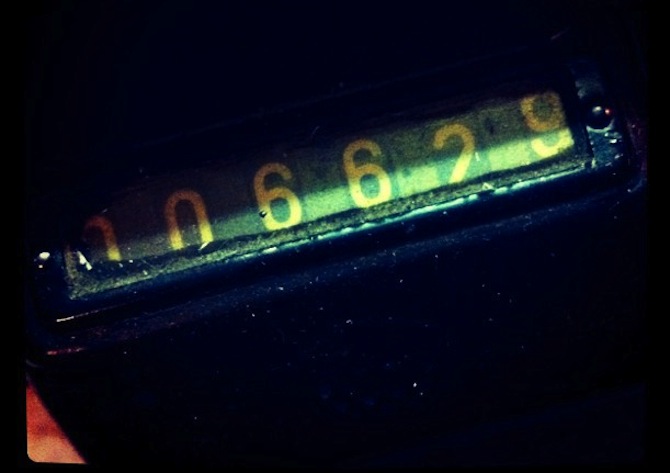


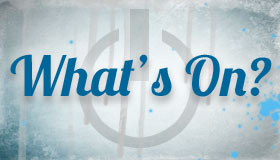
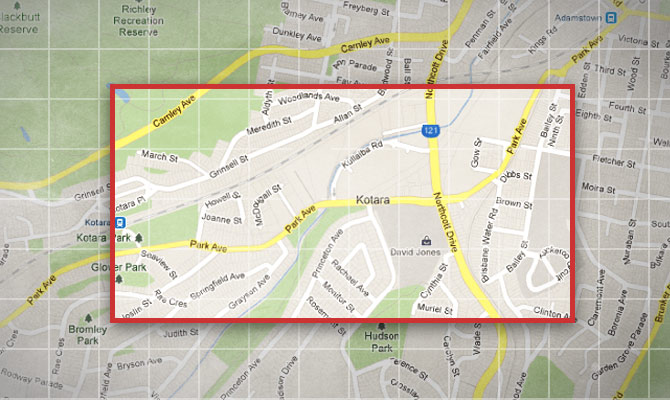
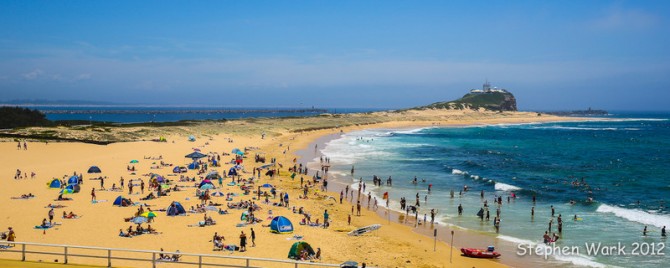
Great article. But watching that video makes me want to print something 🙂
Hi Gordon, I am glad you enjoyed it and I know how you feel about wanting to print stuff. Watching the video actually got me a little bit chocked up. It’s a beautiful process.
I often wonder what will become of history if there is less and less printed material. Already I have thousands of emails that just over a decade ago would have been handwritten letters in stamped envelopes for me to treasure. If my email box crashes, what will be left of them or if in old age, I don’t have a computer, will I be able to reread them? Or should I print them all precisely for the sake of history but with no regard to trees? Thank goodness some people are still printing beautiful invitations rather than sending cheesy Evites!